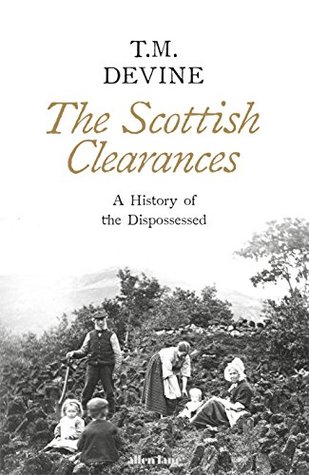More on this book
Kindle Notes & Highlights
the telegraph now allowed eyewitness reports of disturbances to be published soon after they took place, and this made the Crofters’ War one of the first popular agitations in Britain in which the media of the day played a significant part not only by reporting but also by actually helping to influence the course of events.
Activists, such as the eloquent and energetic Professor John Stuart Blackie of the University of Edinburgh, projected a potent message of combined literary romanticism and political radicalism.
Second-generation Highlanders in the southern cities were also deeply influential in certain areas.
This motley alliance came together to become an effective crofters’ lobby.
The people of the disturbed districts had helped themselves, but they gained a great deal from the unparalleled levels of external support which provided experienced leaders...
This highlight has been truncated due to consecutive passage length restrictions.
Alexander McKenzie and John Murdoch toured the region and provided advice, and at the end of 1883 the HLLRA of London published three pamphlets in Gaelic and English addressed to the crofting community, highlighting past wrongs and encouraging agitation in favour of security of tenure, fair rents and reallocation of land, as well as other aims.
One of the most significant events in the organizational process had been the decision taken by west-coast fishermen at a mass meeting in the port of Fraserburgh in the north-east in August 1883 to form land reform associations on their return home.
At the census of 1861 the four Highland counties, even after famine and clearance, had a population of nearly 300,000, 36,000 more than in 1801.
There can be little doubt that racist dogma also scarred the history of this period.
Nothing close to this kind of trauma ever took place in the Lowlands during the entire cycle of dispossession.
Moreover, by the 1840s the climate of opinion in Britain about unregulated free enterprise was slowly beginning to change. While laissez-faire ideology remained dominant, a new strain of humanitarianism started to question some of the established certainties of economic liberalism.
Oral evidence collected by the Commission from aged eye witnesses to the events of the past proved to be particularly telling. At no time did dispossession in the Lowlands ever attract even a fraction of this public attention. The Lowland removals had ended many decades before the 1880s.


